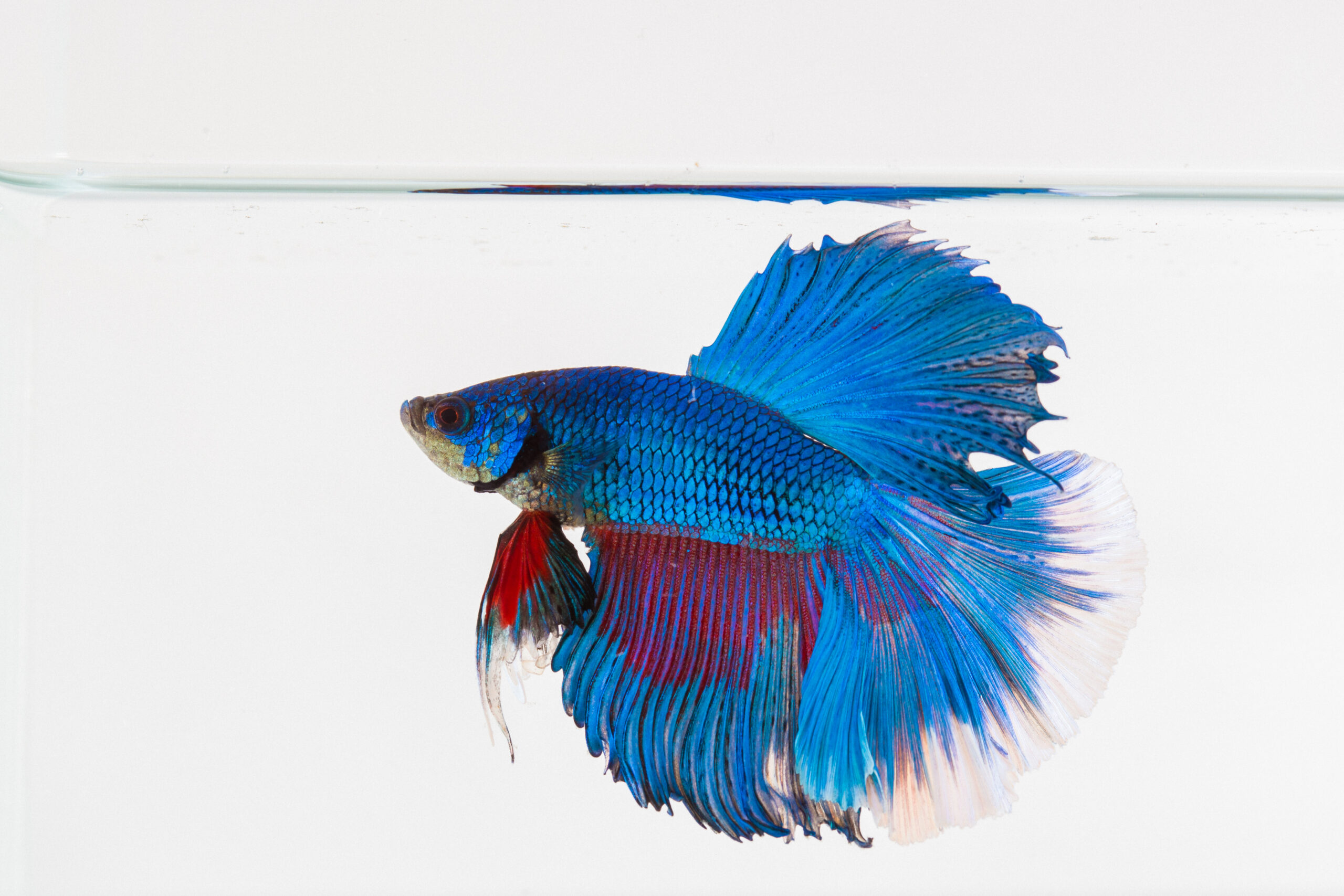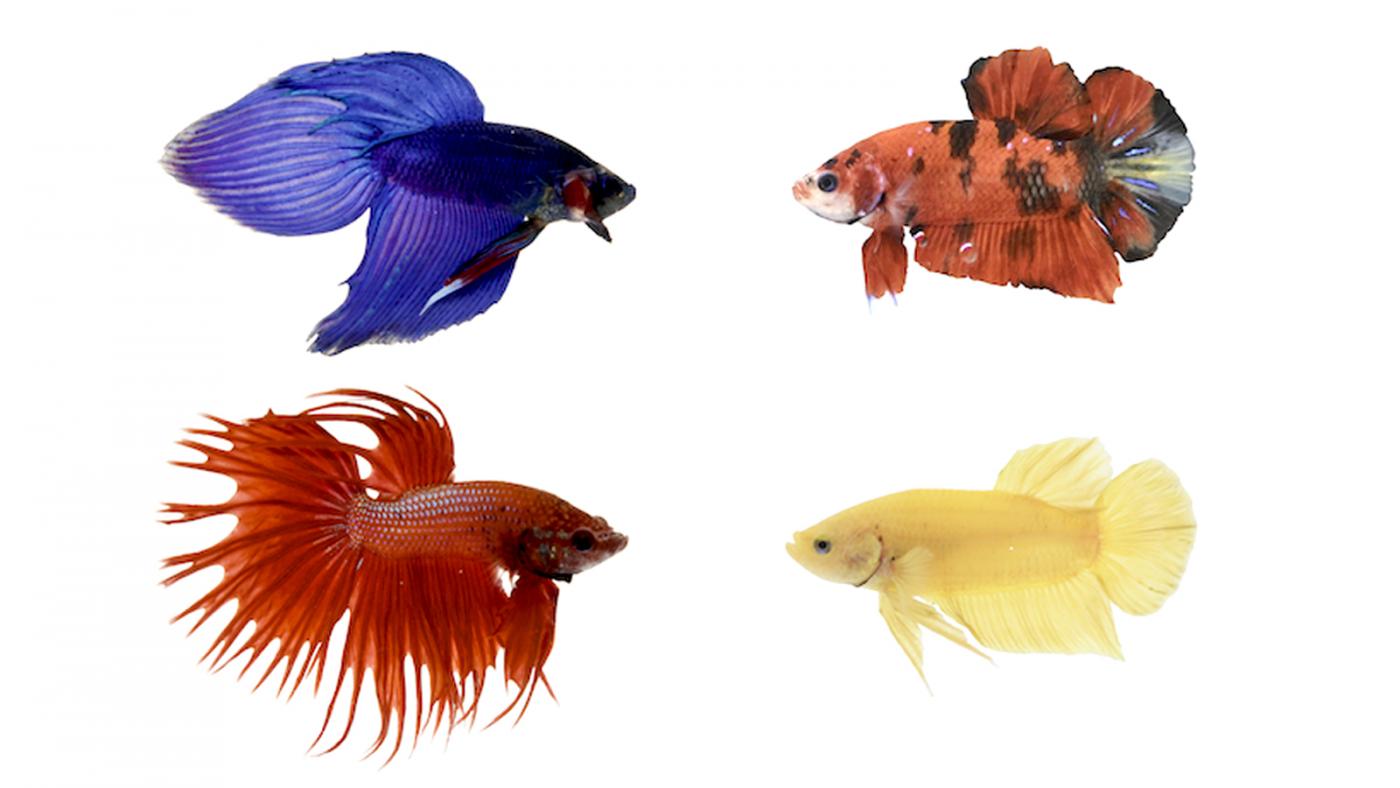Betta Fish Diet: What to Feed Your Betta for Optimal Health And Wellness
Breeding Betta Fish: a Comprehensive Step-By-Step Overview to Successfully Raising Infant Bettas From Eggs to Their Adult Years
Reproducing Betta fish is a careful venture that requires cautious planning and execution to make sure the effective advancement of fry from eggs to mature fish. As the male Betta diligently constructs a bubble nest and guards the precious eggs, the succeeding stages of care and change need attention to detail and knowledge of finest practices.

Picking Reproduction Pairs
When getting started on the trip of breeding Betta fish, picking the best breeding sets is vital to attaining desirable traits and a healthy lineage - betta fish. The initial step in this procedure is to determine the certain qualities you want to improve or preserve, such as color, fin kind, and body shape. It is necessary to select genetically diverse pairs to stay clear of inbreeding, which can cause health and wellness issues and undesirable attributes
Examine possible breeding prospects carefully. A healthy and balanced male Betta must show vivid shades, an energetic attitude, and well-formed fins, while the lady needs to also display vivid coloration and a rounded stomach, suggesting preparedness for spawning. Observing the personality of both fish is vital, as aggressive or extremely shy individuals may not breed efficiently.
Keeping documents of the parent fish's origins can help you track genetic traits and possible problems. Ultimately, spending time in the selection procedure will considerably improve the possibility of creating strong, dynamic spawn that fulfill your breeding objectives.

Preparing the Breeding Tank
Creating an optimal breeding atmosphere is a crucial action after choosing suitable sets for Betta fish. The reproduction tank need to be particularly created to provide comfort and stimulate the all-natural breeding behaviors of the fish. Start with a storage tank size of at the very least 10 gallons to make sure ample space for both the male and female Bettas.
Preserve a gentle filtration system to maintain the water tidy while preventing strong currents that can stress the fish. In addition, an air rock can be contributed to provide oxygenation without interfering with the water surface also a lot.
Temperature guideline is important; objective for a secure array of 78-82 ° F(25-28 ° C) making use of a dependable heating unit. The pH level must be maintained between 6.5 and 7.5, and regular water changes are necessary to guarantee high water high quality.
Integrate drifting plants or spawning sponges to develop concealing places for the female, while likewise motivating bubble nest building by the man - betta fish. Finally, make sure the container is without sharp decors and any kind of potential risks, as the well-being of the fish ought to constantly be prioritized throughout this crucial stage of breeding.
The Breeding Refine
Generally, the reproducing procedure for Betta Web Site fish involves a series of unique and evident actions that indicate readiness for reproduction. The male Betta starts by developing a bubble nest at the water's surface area, which works as a website for the fertilized eggs. This nest is important, as it offers a secure setting for the eggs up until they hatch out.
Once the nest is developed, the man will certainly display courtship habits, such as flaring his fins and showing dynamic colors to bring in the woman. The lady, upon noticing the male's preparedness, will react by presenting upright stripes along her body, signaling her receptiveness.
The fertilized eggs then fall to the bubble nest, where the male very carefully accumulates and returns them to the nest. Following this, the male assumes duty for guarding the nest and guaranteeing the safety of the eggs until they hatch out, generally within 24-36 hours.
Caring for Betta Fry
Caring for Betta fry needs cautious interest to their setting and nourishment to guarantee healthy development and development. After hatching, Betta fry are very tiny and vulnerable, requiring a secure and tidy habitat. Keeping a water temperature level between 78 ° F and 80 ° F is critical, as Betta fry grow in cozy problems. Furthermore, make sure that the water is totally free of hazardous toxic substances; normal water changes of 10-20% are recommended to keep optimum water quality.
Feeding Betta fry is equally important. Feed them tiny Read Full Article quantities numerous times a day, being careful not to overfeed, which can lead to water quality issues.
Transitioning to Adult Bettas
As Betta fry mature, transitioning them to grown-up Bettas is a vital phase that calls for cautious management of their atmosphere and social communications. This procedure generally starts when the fry reach around six weeks old, whereupon they can be slowly introduced to a more organized living atmosphere.
To facilitate this transition, it is vital to make sure that the water specifications-- such as temperature level, pH, and ammonia degrees-- are ideal and secure. Grown-up Betta fish flourish in warm water (around 78-80 ° F) with a pH of 6.5 to 7.5. Slowly accommodate the fry to these problems to reduce tension.
Social interactions are one more key element; male Bettas are infamously territorial and aggressive. It is a good idea to different men right into private storage tanks as they grow. Female Bettas can be housed together, however care should be taken to keep track of for indicators of aggression.
Furthermore, nutritional modifications should be made as the fry expand. Integrate high-quality pellets and live foods to sustain their growth and health and wellness. By managing these variables successfully, you can advertise a successful change to their adult years for your Betta fish.

Conclusion
Successful reproduction of Betta fish calls for careful focus to information throughout the entire procedure, from choosing genetically diverse pairs to supplying optimal take care of fry. By ensuring ideal reproduction conditions and maintaining water high quality, the chance visit site of healthy children enhances considerably. Additionally, a balanced diet plan and steady adaptation to grown-up atmospheres are vital for the development and development of Betta fish. Following these actions faithfully fosters a prospering populace of Betta fish, boosting both their wellness and vitality.